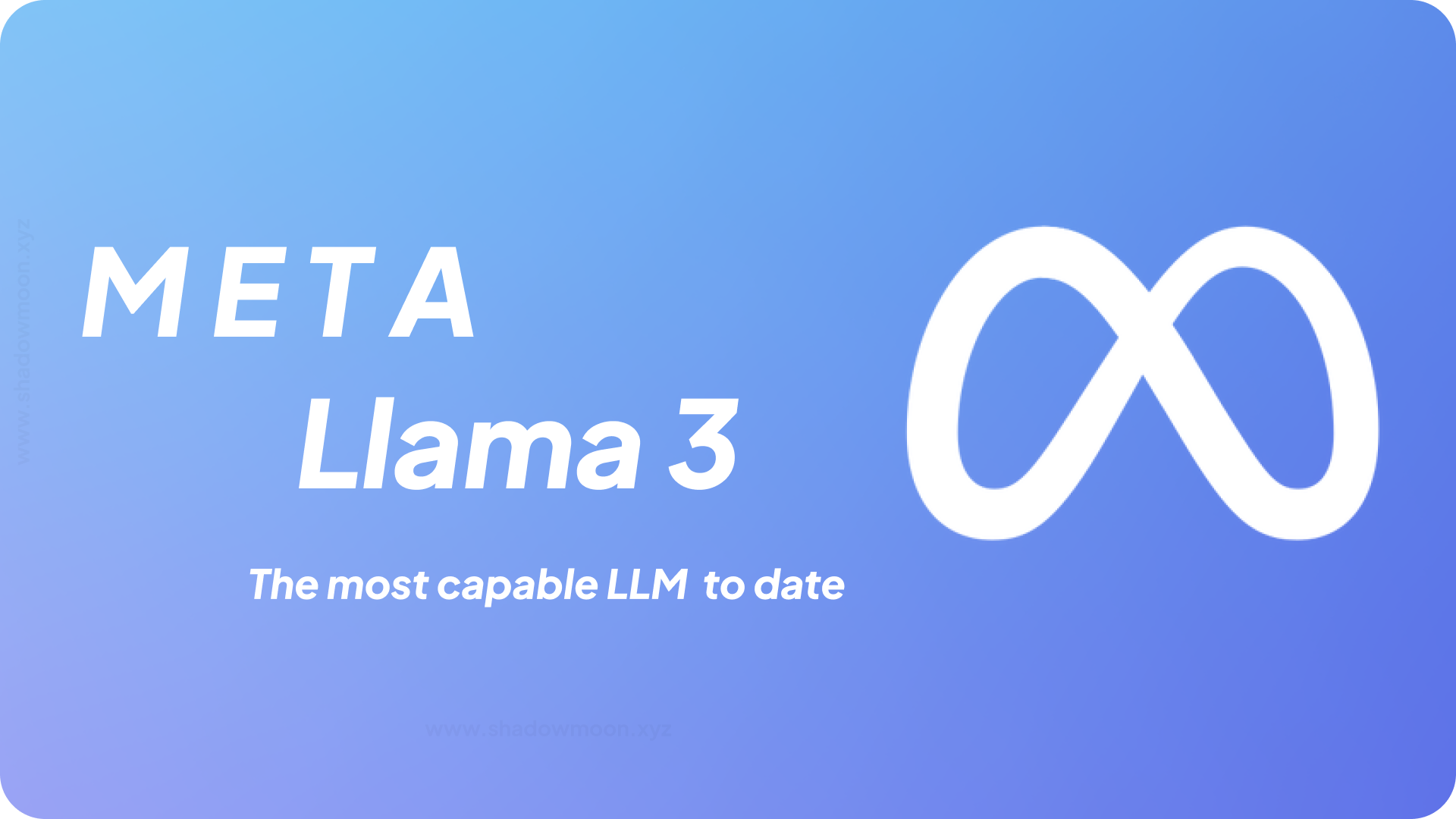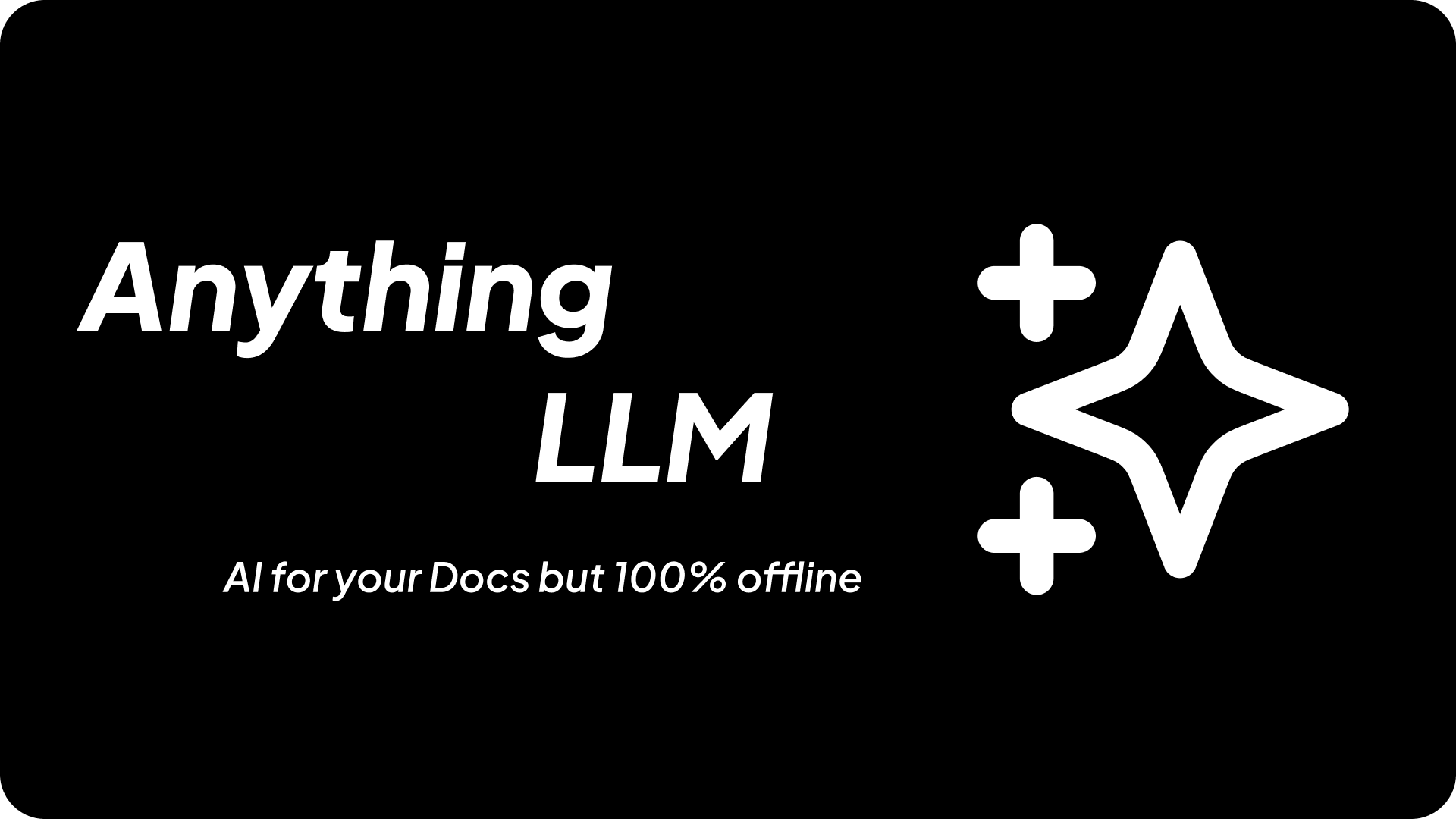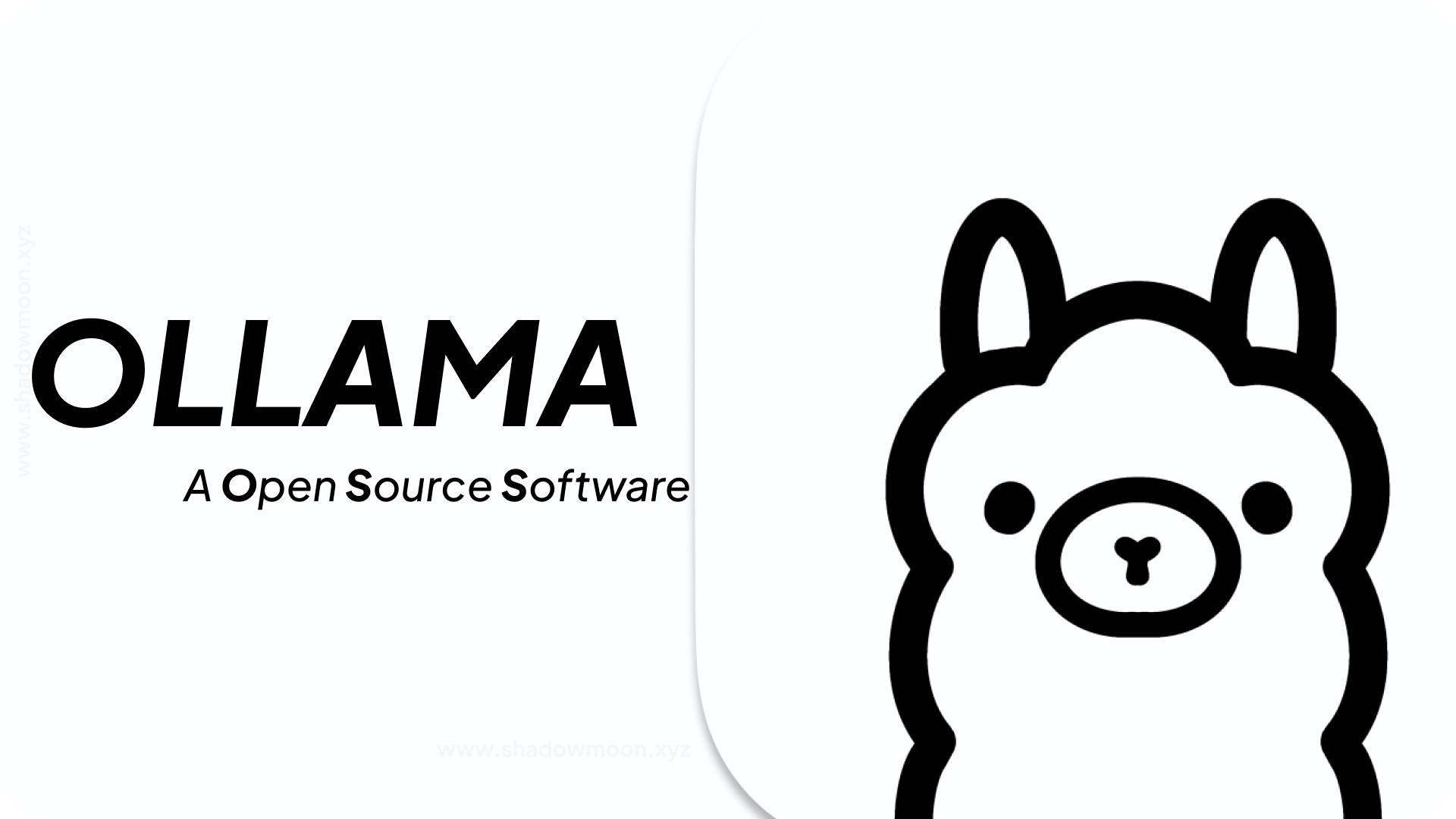
Disclaimer: Some of the links mentioned on this article contain affiliate links, meaning I will earn a small commission when you purchase through my link at no additional cost to you.
The 3 best low code AI chatbot builders
- Botstacks (opens in a new tab) for Multi-platform deployment capabilities for native applications and suite of LLMs (12+ LLMs)
- Tidio (opens in a new tab) for Omnichannel AI + Traditional Chatbot Builder & Live Chat.
- Voiceflow (opens in a new tab) for Drag-and-drop visual builder
What is a AI chatbot builder?
An AI Chatbot builder is a user-friendly, low-code platform that allows users to create and customize their own chatbots, powered by artificial intelligence. These chatbots are capable of handling conversations with people and performing complex actions, such as checking shipping status or processing orders.
With an AI Chatbot builder, users have the ability to design the flow of their chatbot, determining how it responds to questions based on the user’s message. This allows for the creation of personalized and efficient chatbot interactions that can help businesses to improve customer service, increase sales, and save time and resources.
In addition to customizing the flow of the chatbot, AI Chatbot builders also allow users to build complex actions, such as integrating with other systems or services, and creating custom workflows.
What makes a good AI chatbot builder?
- They are easy to use and get started
- They are affordable
- They integrate chatbots on multiple channels
- They have documentations for beginners and advanced developers
- They integrate with the tools you already use
Botstacks (opens in a new tab)

Botstacks is a full-stack conversational AI platform featuring collaboration tools, a suite of LLMs, & multi-platform deployment capabilities for native applications.
Botstacks (opens in a new tab) Pros:
- Fast and simple to set up
- Drag and Drop UI to build AI Chatbots
- Multi-platform deployment capabilities for native applications using Botstacks Open Source SDKs & UI Kits
- Supports 12+ LLMs like OpenAI GPT, Anthropic Claude, Mistral, Google Gemini on all subscription plans
- Bring your own LLM models (only available for premium users)
- Have documentations for beginners and advanced developers
- Botstacks team will build and maintain AI chatbots for you (under a special agreement)
- Generous free plan
- Affordable pricing for small businesses & Custom pricing for Enterprise based on requirements
- Ability to connect multiple LLMs into a single AI chatbot.
- Real-time Collaboration Tools (like Figma)
- Ability to create custom workflows
- Role Based Access Control
Botstacks (opens in a new tab) Cons:
- Only have built-in integrations for WhatsApp & Discord (The team told me they were working on other integrations like Slack, Facebook etc..)
- The SDKs are still under-development so some features on SDKs might not be present
- Don't have Advanced Analytics features (The team told me the analytics features will be implemented in the near feature)
Botstacks (opens in a new tab) Pricing:
- Starter Plan (Free)
- Pro Plan ($29/mo -- $22.50/mo if paid yearly)
- Pro Plus Plan ($99/mo -- $75/mo if paid yearly) -- This plan has Free 14 days Trial
- Enterprise (Custom Pricing)
Get started on Botstacks today from here (opens in a new tab)
Tidio (opens in a new tab)

Tidio is a customer experience platform that combines live chat, AI chatbots and multichannel communication in one convenient platform.
This customer experience platform is designed to help online businesses enhance their customer service and convert passive website visitors into active customers.
Tidio (opens in a new tab) Pros:
- Fast and simple to set up
- Drag and Drop UI to build AI Chatbots
- Offer lots of pre-built templates
- Advanced Analytics features
- Integrates with popular social media platforms (like WhatsApp, Instagram)
- Offers Email Marketing Automation features
- Intuitive dashboard to manage conversations with customers
- Integrates with e-commerce platforms like shopify
- Role Based Access Control
Tidio (opens in a new tab) Cons:
- Confusing pricing options
- Pricing gets very expensive if you are a business with higher usage
- New users might get overwhelmed by the features offered by tidio (they have lot of features)
- Don't have deployment options to integrate the chatbots into native applications
- Don't have Real-time Collaboration Tools for chatbot building
Tidio (opens in a new tab) Pricing:
Tidio has a free plan but their paid plans are very confusing for me to list here, you can know more about their pricing by visiting their website (opens in a new tab)
Get Started on Tidio from here (opens in a new tab)
Voiceflow (opens in a new tab)

Voiceflow is a collaborative chatbot design platform where conversational AI product teams design, test, and ship chat and voice assistants- together, faster, at scale.
Voiceflow (opens in a new tab) Pros:
- Fast and simple to set up
- Drag and Drop UI to build AI Chatbots
- Bring your own LLM models (only available for enterprise users)
- Have documentations for beginners and advanced developers
- Have AI Chatbot to Human Customer Agent conversation handoff
- Have Transcripts and Analytics for usage of chatbots
- Real-time Collaboration Tools (like Figma)
- Role Based Access Control
- Have lot of Chatbot templates built by Voiceflow & Community
- Have a big community and enterprises uses voiceflow
Voiceflow (opens in a new tab) Cons:
- Don't have deployment options to integrate the chatbots into native applications
- Only have OpenAI & Anthropic AI models (enterprise uses can bring their own AI Models)
- AI token consumption is very high for the basic ChatGPT model (you can burn 100K AI tokens overnight)
- Very costly when compared to Botstacks (opens in a new tab)
Voiceflow (opens in a new tab) Pricing:
- Sandbox Plan (Free)
- Professional Plan ($50/mo -- $480 if paid yearly)
- Teams Plan ($625/mo -- $6,000 if paid yearly) -- This plan has Free 14 days Trial
- Enterprise (Custom Pricing)
Get started on Voiceflow from here (opens in a new tab)
Summary
- If you want to deploy/integrate AI Chabot into your native applications with lower cost + higher scalability then choose Botstacks (opens in a new tab)
- If you want to build and deploy AI chatbot into your websites or popular social media like WhatsApp then choose Voiceflow (opens in a new tab)
- If you want to build AI chatbots only for customer support and marketing purposes then choose Tidio (opens in a new tab)


